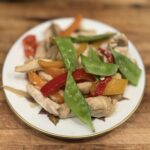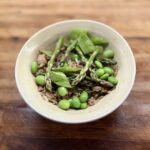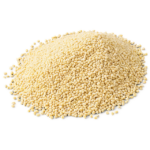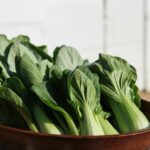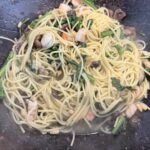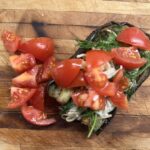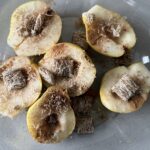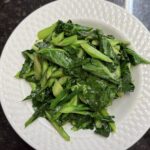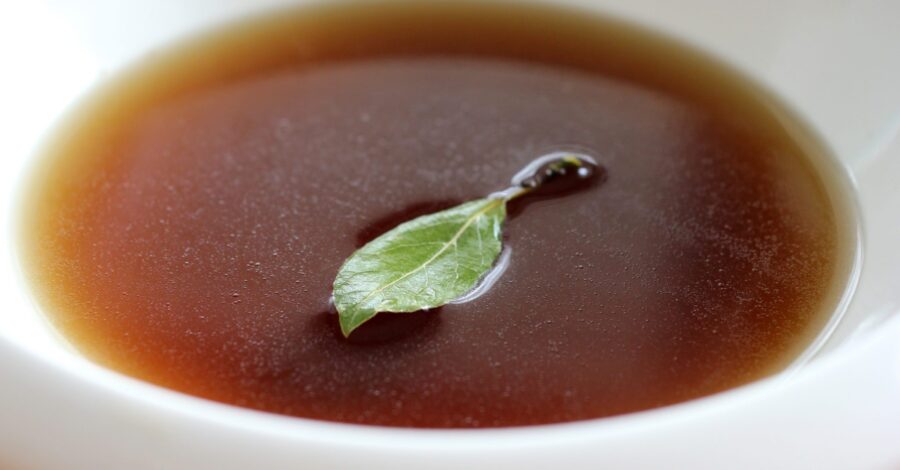
BEEF BONE BROTH
The Kidney is the powerhouse of the body, supplying reserve energy to any organ running low on Qi. The season associated with the Kidney is the Winter so it’s especially important to conserve energy during this time of the year. The bone is the tissue associated with the Kidney, so eating or drinking bone broths will give your body a much-needed boost.
[cooked-sharing]
Place the bones in a roasting pan. Roast in a 350 degree oven for 30 minutes.
Transfer the bones to a large, deep pot. Cover the bones with water.
Add the chopped vegetables, bay leaves, and salt and pepper to the pot. Bring to a rolling boil.
Lower the heat and let simmer for 8 to up to 24 hours, adding water as necessary to cover the bones. (The broth can also be cooked in a slow cooker.) Skim any impurities from the surface of the broth with a large spoon and discard.
Use a large slotted spoon to remove the vegetables and bones from the pot. Discard. Then pour the broth through a fine mesh sieve to remove any additional solids.
Use this broth as a soup base, drink as a hot tea, or use in place of water when cooking rice or other grains.
Be sure to use the best quality bones (organic, grass-fed, etc.) available to you. This broth is simmered for hours to release gelatin from the joints and minerals from the bones, so you want to be sure the animal was very healthy and given a good diet. The longer the broth is cooked, the more concentrated the flavor becomes.
Ingredients
Directions
Place the bones in a roasting pan. Roast in a 350 degree oven for 30 minutes.
Transfer the bones to a large, deep pot. Cover the bones with water.
Add the chopped vegetables, bay leaves, and salt and pepper to the pot. Bring to a rolling boil.
Lower the heat and let simmer for 8 to up to 24 hours, adding water as necessary to cover the bones. (The broth can also be cooked in a slow cooker.) Skim any impurities from the surface of the broth with a large spoon and discard.
Use a large slotted spoon to remove the vegetables and bones from the pot. Discard. Then pour the broth through a fine mesh sieve to remove any additional solids.
Use this broth as a soup base, drink as a hot tea, or use in place of water when cooking rice or other grains.




